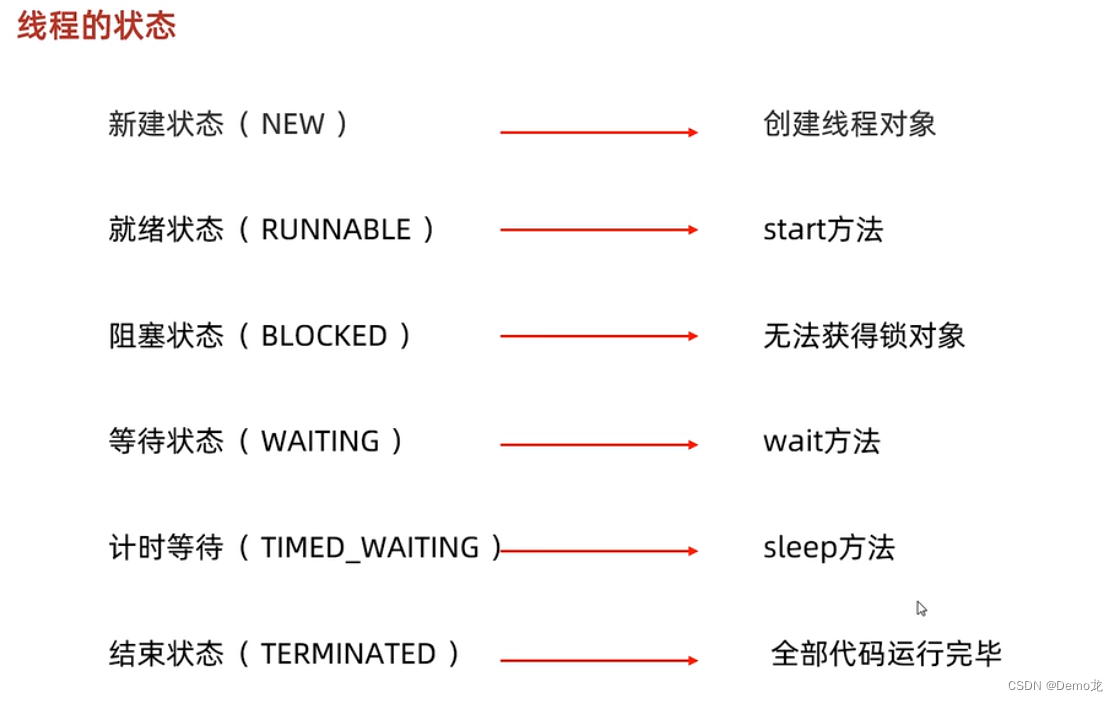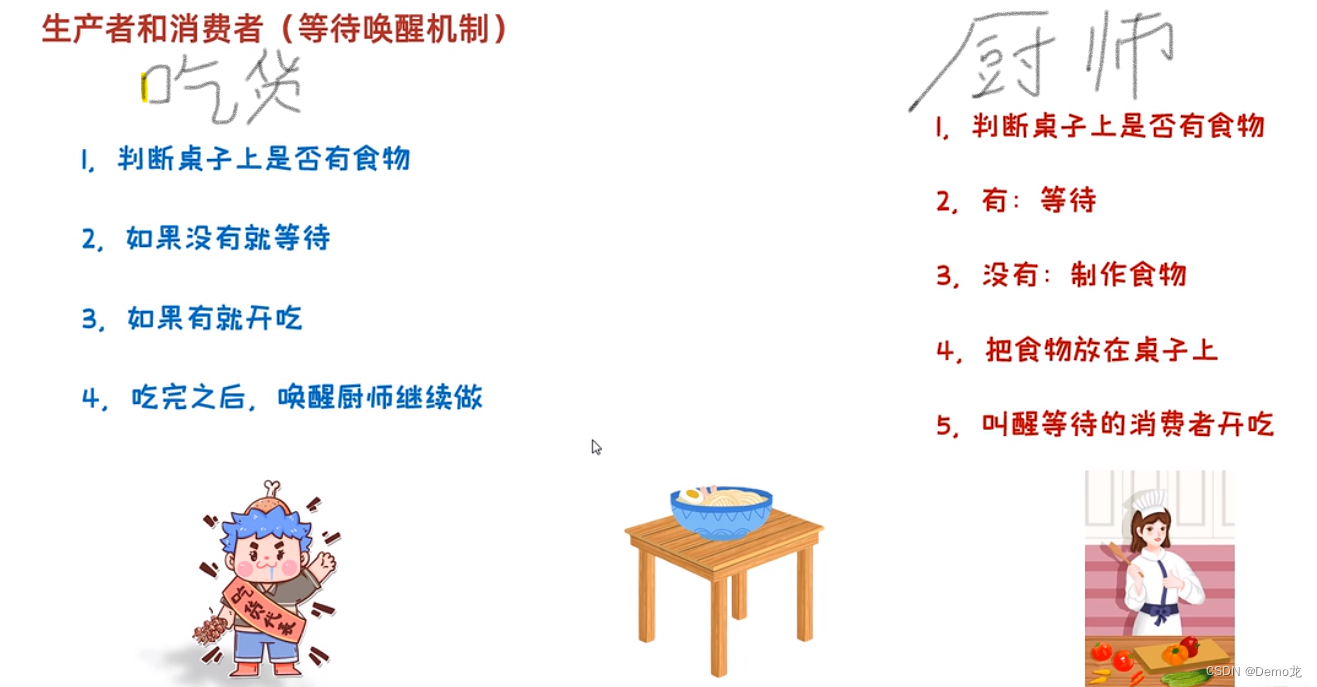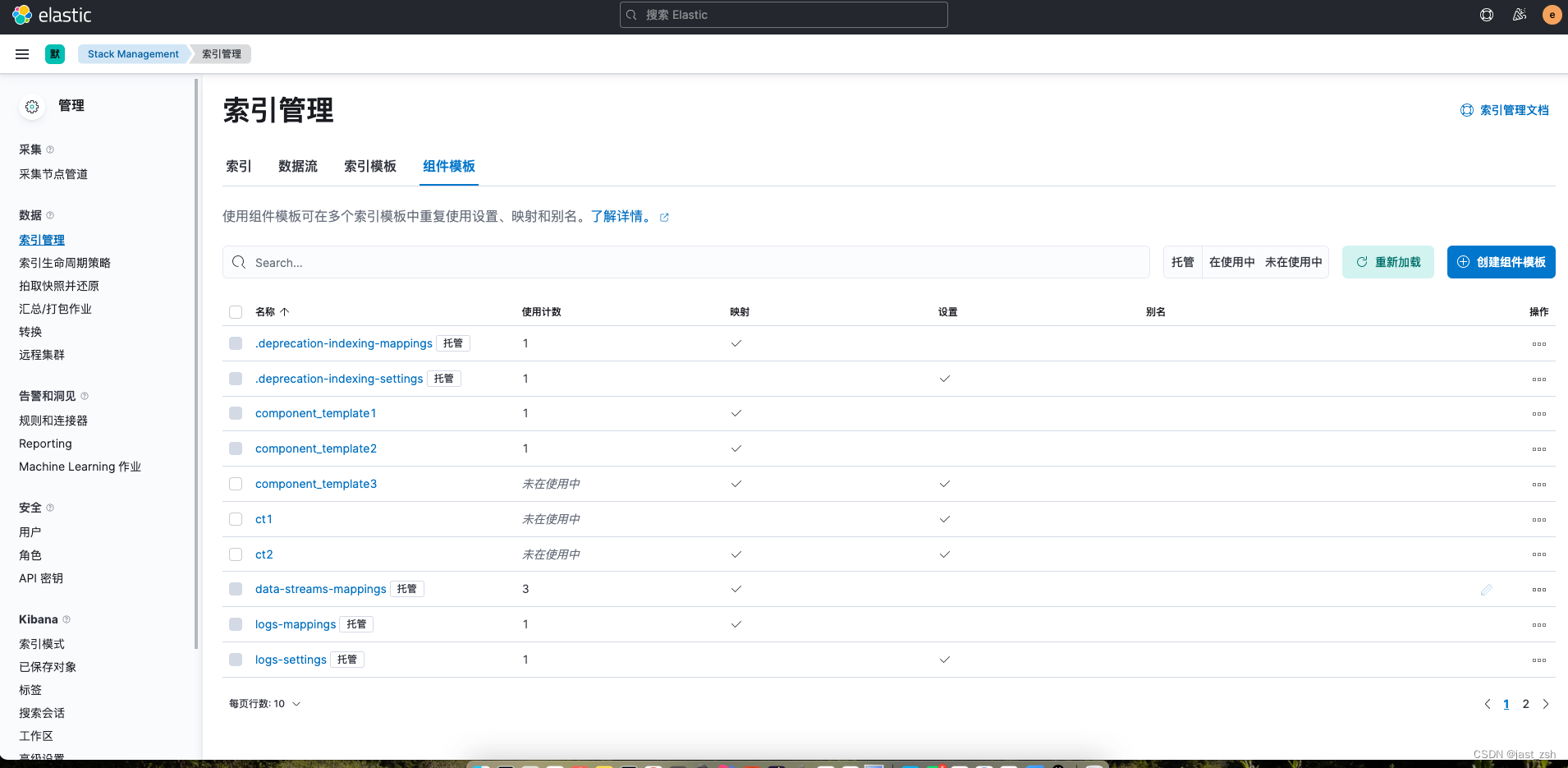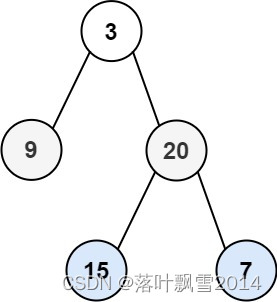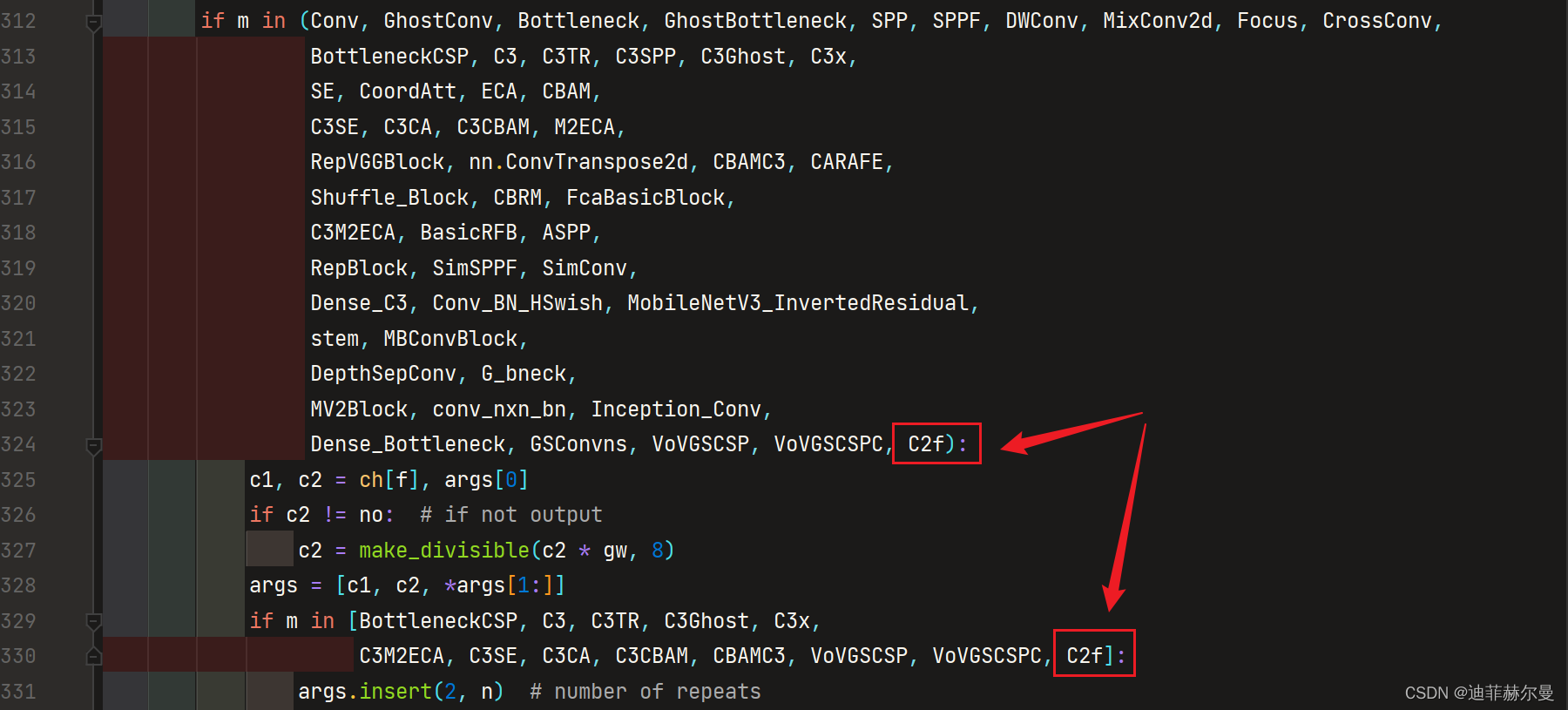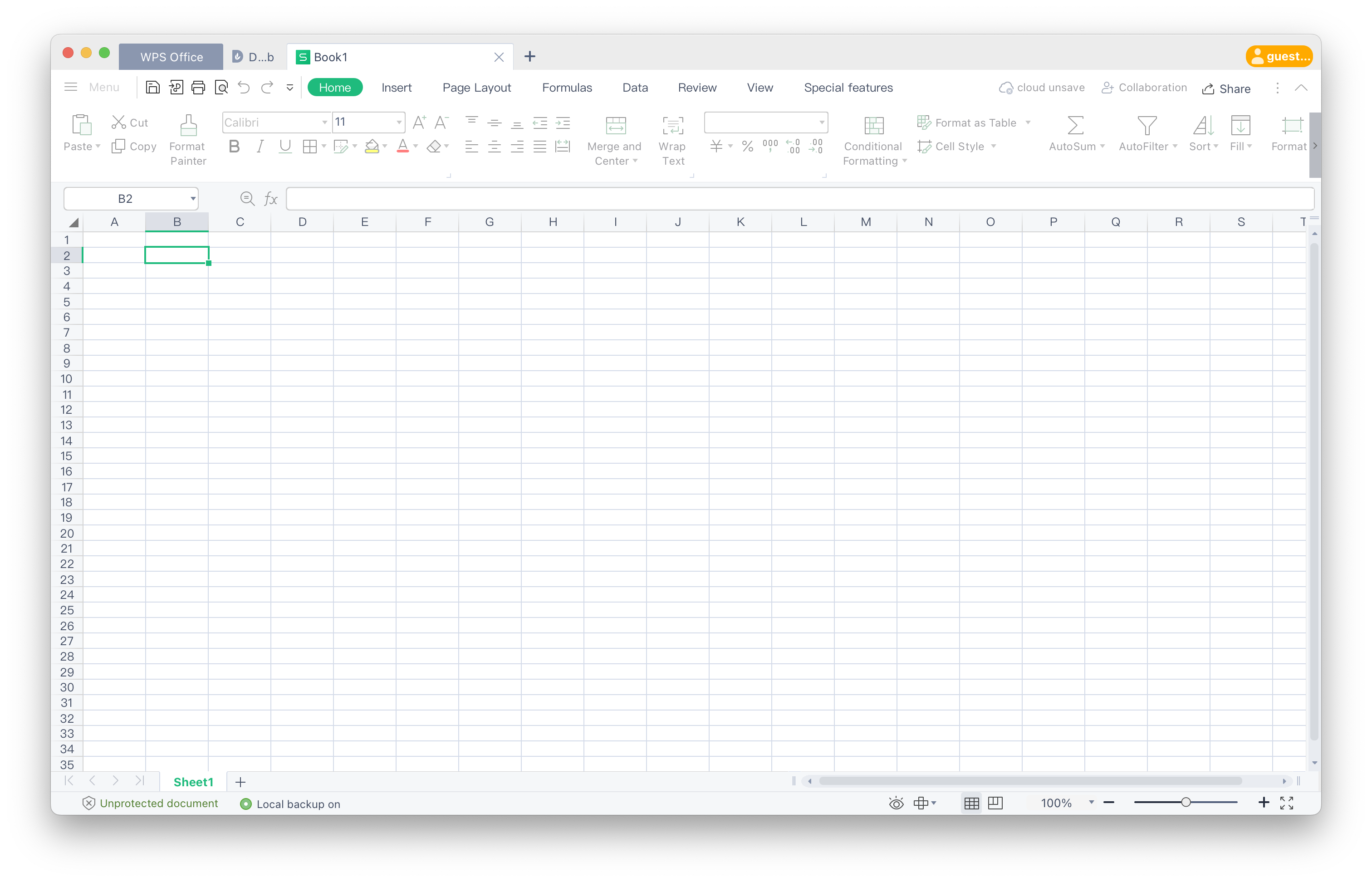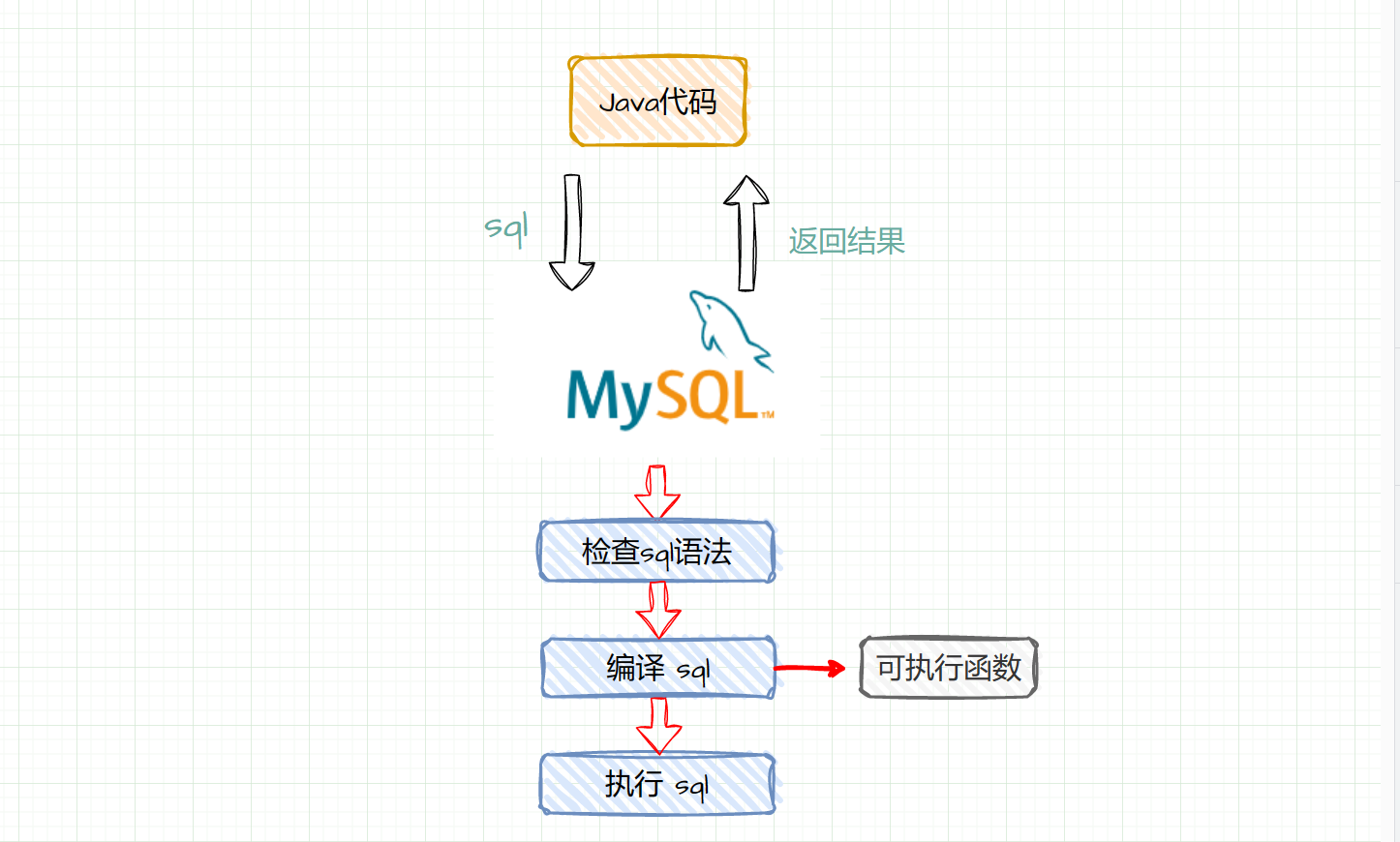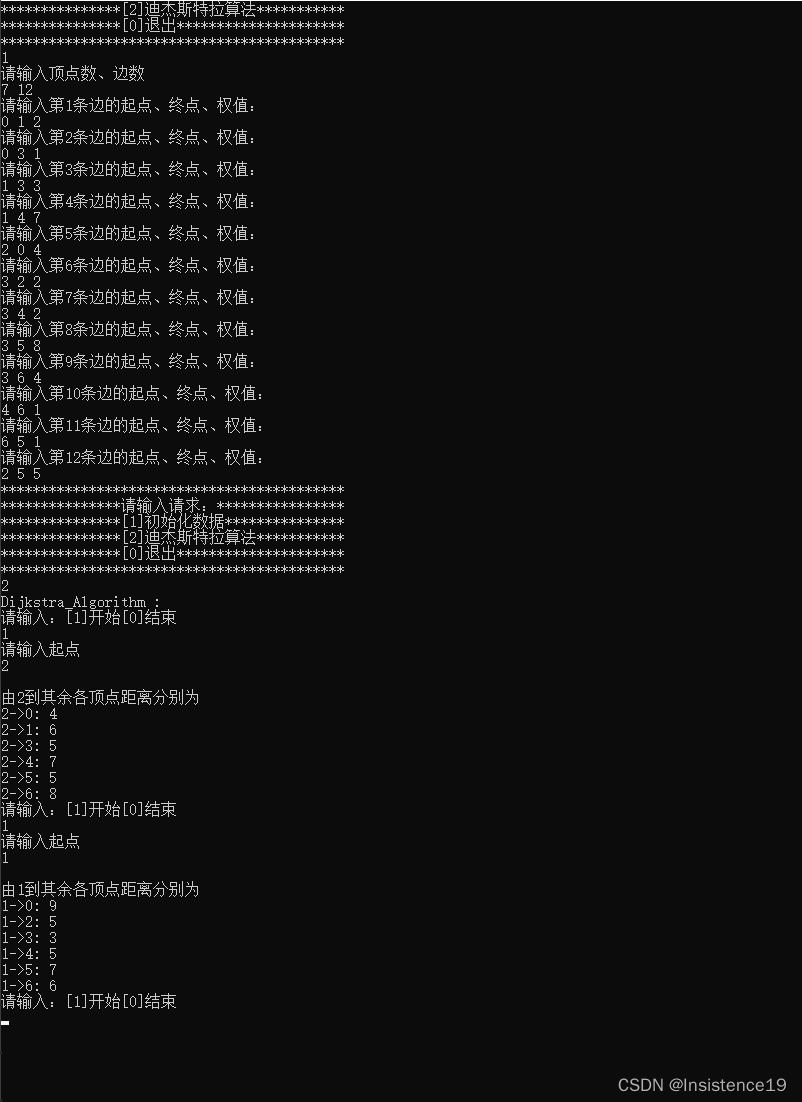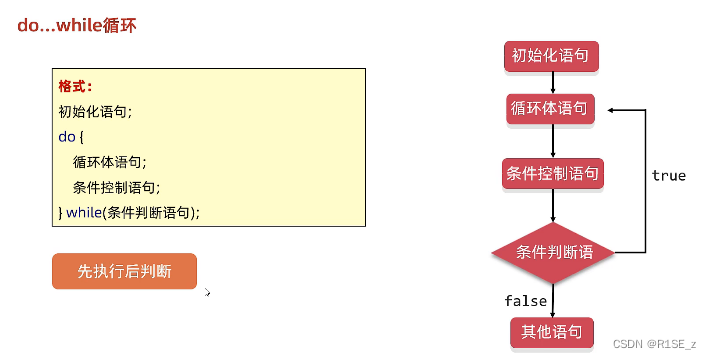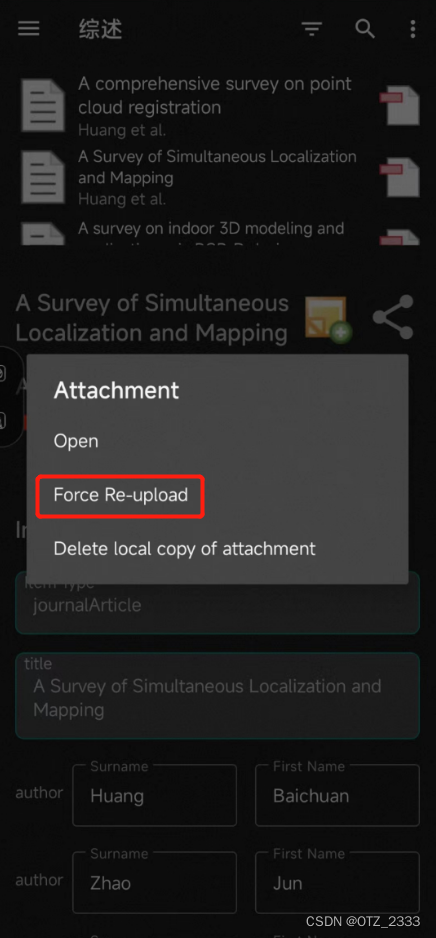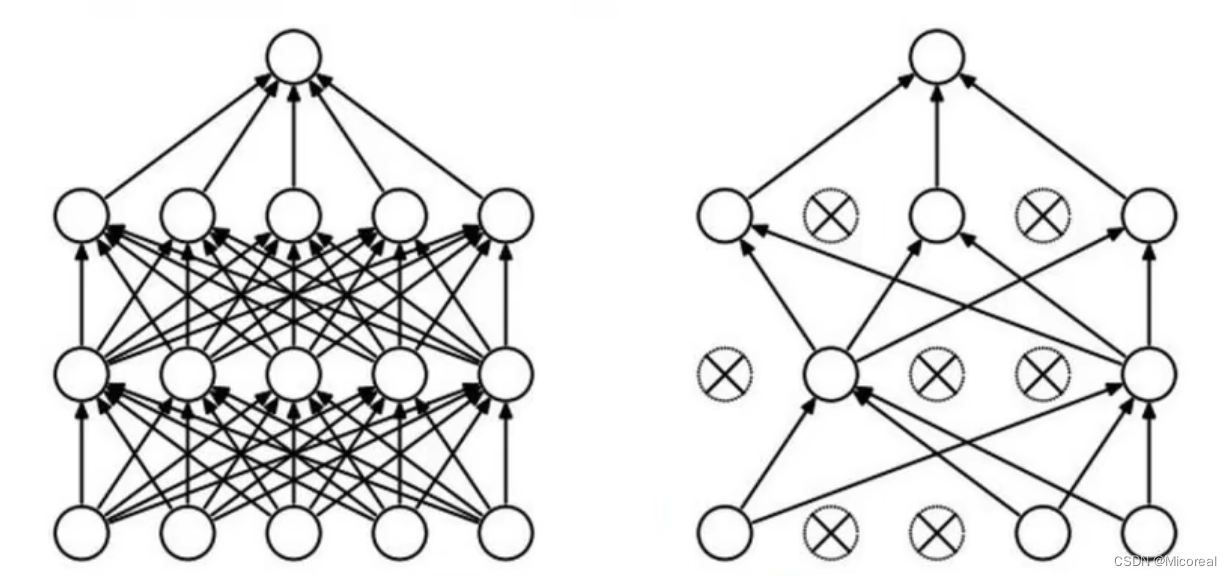目录
- 1.等待唤醒机制
- 1.ThreadDemo
- 2.Desk
- 3.Cook
- 4.Foodie
- 2.等待唤醒机制(阻塞队列方式实现)
- 1.ThreadDemo02
- 2.Cook02
- 3.Foodie02
- 3.线程的状态
1.等待唤醒机制
生产者和消费者
桌子上有食物,消费者吃,桌子上没有食物,消费者等待,唤醒生产者,生产者准备食物。生产者准备好食物,唤醒消费者,消费者开吃
1.ThreadDemo
package threadwaitandnotify;
/**
* @version 1.0
* @auther Demo龙
*/
public class ThreadDemo {
public static void main(String[] args) {
//创建线程的对象
Cook c=new Cook();
Foodie f=new Foodie();
c.setName("厨师");
f.setName("吃货");
c.start();
f.start();
}
}
2.Desk
作用:控制生产者和消费者的执行
是否有面条 foodFlag=0:没有 。 foodFlag=1:有
package threadwaitandnotify;
/**
* @version 1.0
* @auther Demo龙
*/
public class Desk {
/*
* 作用:控制生产者和消费者的执行
* */
//是否有面条 0:没有 1:有
public static int foodFlag=0;
//总个数
public static int count=10;
//锁对象
public static Object lock=new Object();
}
3.Cook
- //先判断桌子上是否有面条
- //有面条,线程等待
- //没有面条,厨师开始做
- //修改桌子上的食物状态
Desk.foodFlag=1;- //做完之后唤醒消费者开吃
package threadwaitandnotify;
/**
* @version 1.0
* @auther Demo龙
*/
public class Cook extends Thread{
@Override
public void run() {
while (true){
synchronized (Desk.lock){
if(Desk.count==0){
break;
}else {
//先判断桌子上是否有面条
if(Desk.foodFlag==1){
//有面条,线程等待
try {
Desk.lock.wait();
} catch (InterruptedException e) {
throw new RuntimeException(e);
}
}else {
//没有面条,厨师开始做
System.out.println(Thread.currentThread().getName()+"做了一碗面条");
//修改桌子上的食物状态
Desk.foodFlag=1;
//吃完之后唤醒消费者开吃
Desk.lock.notifyAll();
}
}
}
}
}
}
4.Foodie
- //先判断桌子上是否有面条
- //没有面条,线程等待
- //有面条,吃货开始吃
- //吃的总数减一
Desk.count–;- //吃完之后唤醒厨师继续做
Desk.lock.notifyAll();- //修改桌子的状态
Desk.foodFlag=0;
package threadwaitandnotify;
/**
* @version 1.0
* @auther Demo龙
*/
public class Foodie extends Thread{
@Override
public void run() {
while (true){
synchronized (Desk.lock){
if(Desk.count==0){
break;
}else {
//先判断桌子上是否有面条
if(Desk.foodFlag==0){
//没有,线程等待
try {
Desk.lock.wait();
} catch (InterruptedException e) {
throw new RuntimeException(e);
}
}else {
//有面条,开吃
//吃的总数减一
Desk.count--;
System.out.println(Thread.currentThread().getName()+"在吃面条,还能再吃"+Desk.count+"碗");
//吃完之后唤醒厨师继续做
Desk.lock.notifyAll();
//修改桌子的状态
Desk.foodFlag=0;
}
}
}
}
}
}
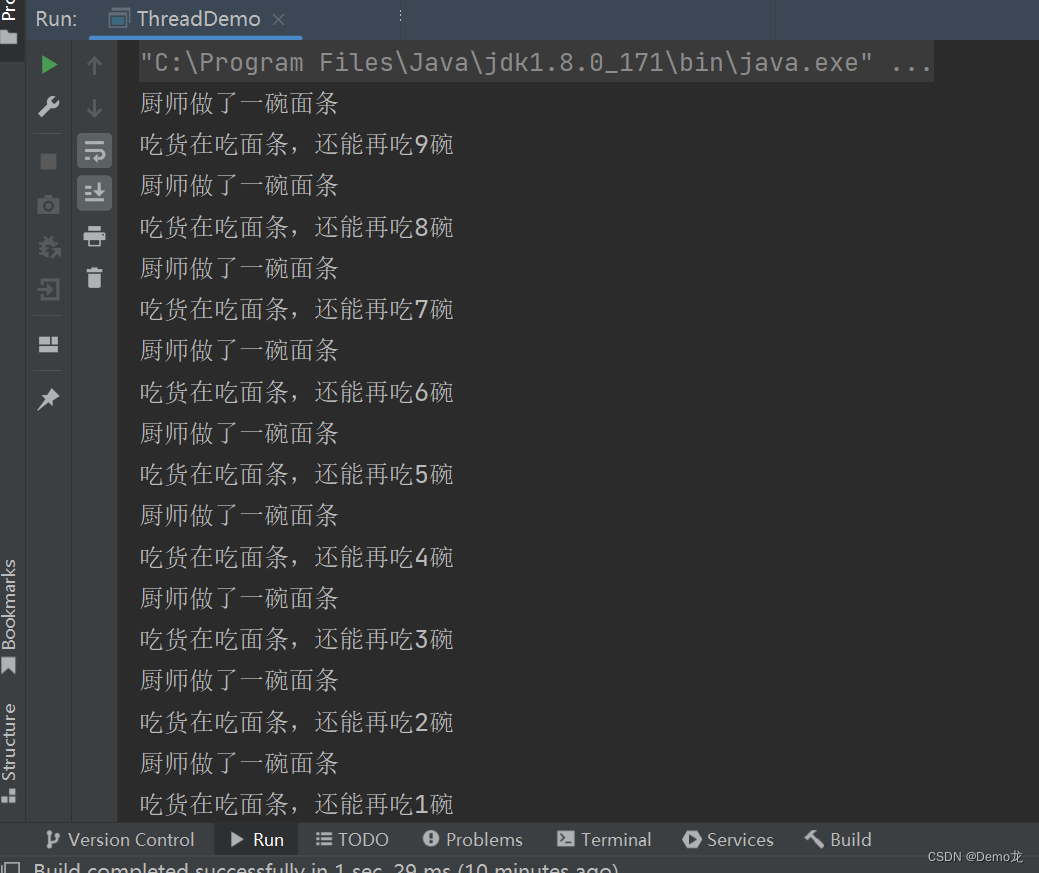
2.等待唤醒机制(阻塞队列方式实现)
1.ThreadDemo02
- 利用阻塞队列完成生产者和消费者等待唤醒机制的代码
- 生产者和消费者必须使用同一个阻塞队列
package threadwaitandnotify02;
import java.util.concurrent.ArrayBlockingQueue;
/**
* @version 1.0
* @auther Demo龙
*/
public class ThreadDemo02 {
//等待唤醒机制(阻塞队列方式实现)
public static void main(String[] args) {
/*
* 1.利用阻塞队列完成生产者和消费者等待唤醒机制的代码
* 2.生产者和消费者必须使用同一个阻塞队列
* */
//创建阻塞队列
ArrayBlockingQueue <String>queue=new ArrayBlockingQueue<>(1);
//创建线程的对象
Cook02 c=new Cook02(queue);
Foodie02 f=new Foodie02(queue);
c.start();
f.start();
}
}
2.Cook02
package threadwaitandnotify02;
import java.util.concurrent.ArrayBlockingQueue;
/**
* @version 1.0
* @auther Demo龙
*/
public class Cook02 extends Thread{
//成员变量阻塞队列
ArrayBlockingQueue<String> queue;
public Cook02(ArrayBlockingQueue<String> queue){//构造方法赋值
this.queue=queue;
}
@Override
public void run() {
while (true){
try {
queue.put("面包");
System.out.println("厨师做了一个面包");
} catch (InterruptedException e) {
throw new RuntimeException(e);
}
}
}
}
3.Foodie02
package threadwaitandnotify02;
import java.util.concurrent.ArrayBlockingQueue;
/**
* @version 1.0
* @auther Demo龙
*/
public class Foodie02 extends Thread{
//成员变量阻塞队列
ArrayBlockingQueue<String> queue;
public Foodie02(ArrayBlockingQueue<String> queue){//构造方法赋值
this.queue=queue;
}
@Override
public void run() {
while (true){
try {
String q=queue.take();
System.out.println(""+q);
} catch (InterruptedException e) {
throw new RuntimeException(e);
}
}
}
}
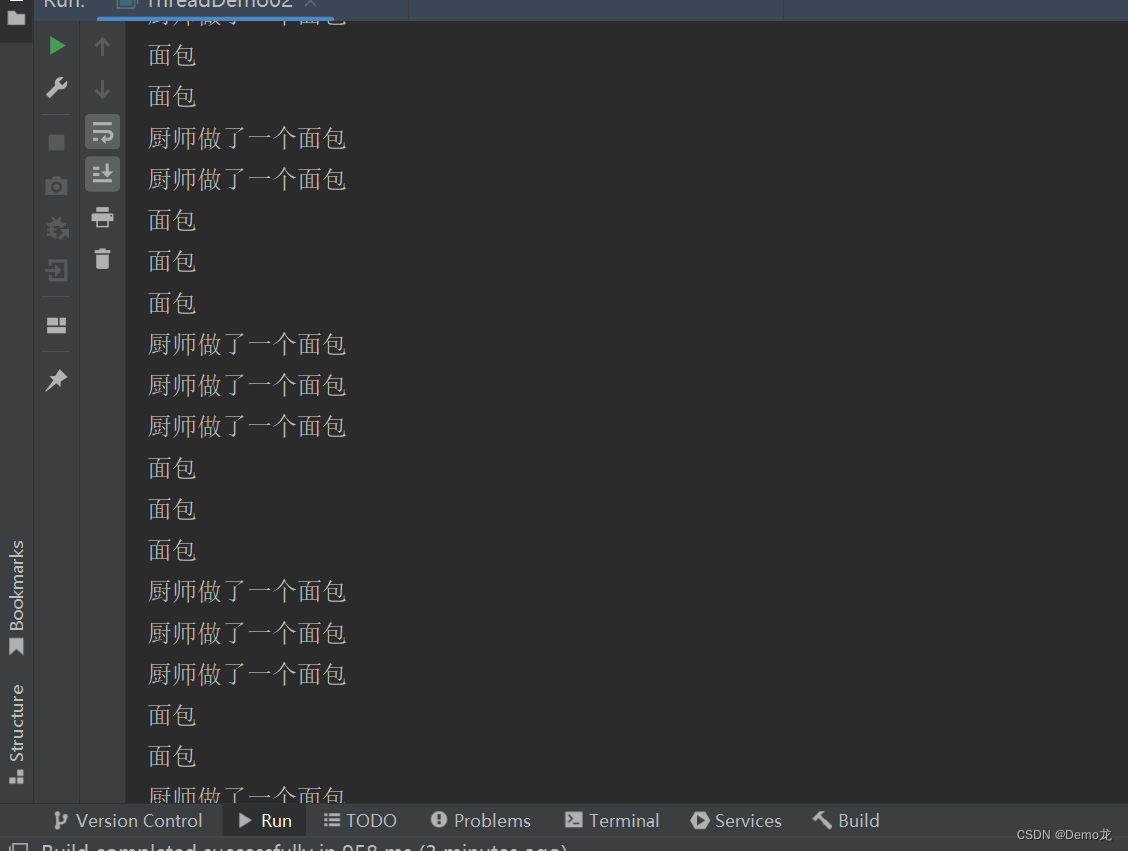
3.线程的状态

没有运行状态,运行状态是Java运行start()就绪状态后交给操作系统的
